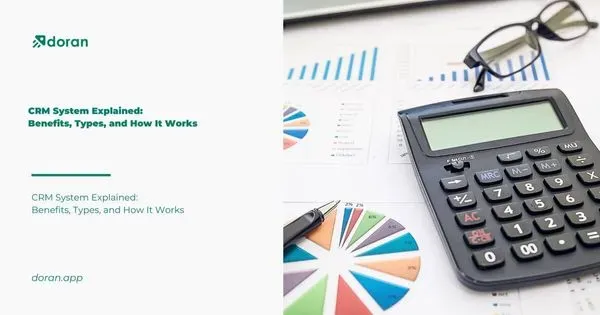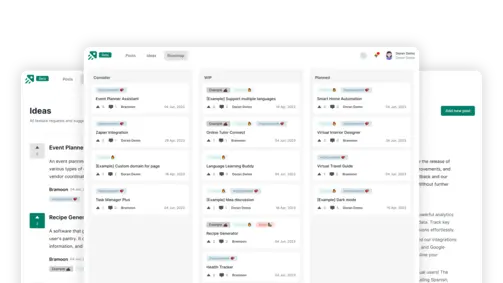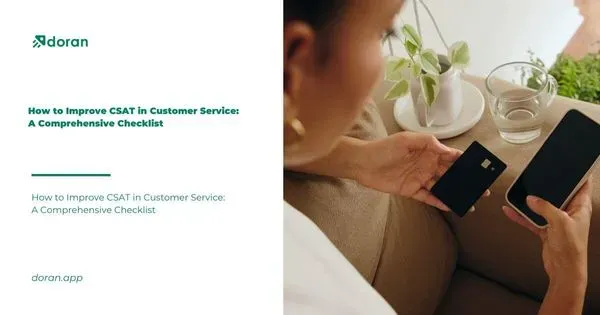Different Types of CES Surveys
Create changelog and product roadmap for your product
Explore nowTable of contents 6 min
Understanding the nuances of Customer Effort Score (CES) surveys is essential for businesses aiming to streamline customer experiences and boost satisfaction levels. In this article, we delve into the various types of CES surveys available, exploring their unique characteristics and applications. We provide insights into how each type can help organizations gauge and improve the ease of customer interactions. This article aims at empowering you to choose the most effective approach for your business.
Types of Customer Effort Score Questions (With Examples)
What are the different type of CES? There exist 3 distinct types of customer effort score questions that businesses have the option to utilize in order to construct customer effort score (CES) surveys.
Numbered Rating Scale

The first name in the list of types of CES surveys questions is Numbered Rating scale The rating scale in question prompts customers to provide a numerical rating of their effort, typically on a scale ranging from 1 to 5, 1 to 7, or 1 to 10. The relationship between a customer’s score and their effort level can be observed as follows: generally, a high score is indicative of a low level of effort exerted by the customer, while a low score suggests a higher level of effort. However, the scale has the ability to be reversed depending on the context of the question.
For example, in some cases, a high score may indicate a higher level of effort, such as when measuring satisfaction. It is important for businesses to carefully consider the wording and context of their questions when using a Numbered Rating scale to ensure accurate and meaningful feedback from customers.
Likert Rating Scale (Text-Based)

To obtain a more comprehensive assessment, it is recommended to utilize the Likert scale. Likert scale questions provide a comprehensive set of response options, enabling customers to articulate their level of effort with greater precision and subtlety. The scales typically consist of response options such as “Strongly Disagree,” “Disagree,” “Neutral,” “Agree,” and “Strongly Agree.”
The Likert scale consists of 2 primary types:
-
5-point Likert scale: The 5-point Likert scale is a survey response format that provides respondents with 5 distinct options to select from. The available options typically consist of two extreme options, two intermediate options, and two neutral options.
-
7-point Likert scale: The 7-point Likert scale is a measurement tool that provides respondents with 7 distinct options to choose from. The available options typically consist of two extreme options, two moderate options, two intermediate options, and one neutral option.
Emoticon Rating Scale

If you are looking to enhance the visual appeal of your survey, there are several strategies you can employ. The Emoticon rating scale should be utilized.
Emoticons serve as a visual and easily understandable means for customers to express their level of effort.
The selection of emojis typically consists of two extremes, two intermediate options, and one neutral option.
😀 (Piece of cake)
🙂 (Moderate)
😐 (So-so)
😕 (Kinda tough)
😩 (Ugh, tough as nails)
In addition to the three rating scales mentioned, it is also possible to inquire customers with open-ended questions following their initial response. It aims to provide an explanation for the assigned score to the statement, aiding in the reader’s comprehension.
It is important to ensure that the questions you formulate are specific to the area you wish to enhance, regardless of the method you select.
To gain an understanding of the level of effort required to complete the payment process, it is recommended to phrase your inquiries as follows: “Please provide a rating of your experience regarding the amount of effort involved in the payment process during your most recent purchase.”
The focus of the question is centered on the payment process.
Read more: Customer Effort Score (CES): Definition & Ways to Measure
Examples Types of CES surveys Questions
Here are some examples of types of CES surveys questions:
Having gained an understanding of the various types of CES rating scales, we will now proceed to examine a few examples of types of CES surveys questions.
“How simple was it to communicate with the support staff?”
A numbered rating method can be employed, utilizing a scale that spans from 1 to 5, 1 to 7, or 1 to 10, depending on the desired level of granularity in the response.
‘How simple was it to find the information you were looking for on the website?’
An emoticon rating scale can be utilized in this context, offering a range of options from ‘very difficult’ to ‘very easy’. Emojis can be employed to depict a spectrum of emotions, ranging from a very sad face to a super happy face.
“Please indicate how much you agree with the statement: The checkout process was quick and easy to complete.”
A Likert scale rating method can be employed in this context, where lower scores indicate lower levels of effort and higher scores indicate higher levels of effort. Alternatively, the scale can be reversed, with low scores indicating high effort and high scores indicating low effort.
“Given your recent experience, how simple was it to contact us for support?”
A numbered rating scale can be employed to solicit feedback from customers regarding their evaluation of your customer service process. The rating scale options include 1-5, 1-7, or 1-10.
“Select the emoticon that best captures the amount of work you put into creating your account.”
Emojis ranging from an extremely angry face to an extremely happy face are provided to indicate the level of effort exerted by the customer. Alternatively, the question can be reframed as follows: ‘Please rate your experience in setting up your account on our website.’ This allows customers to provide a rating based on their experience.
Find out more: Customer Effort Score Survey: Questions and Tips
As we conclude our exploration into the types of CES surveys, it’s evident that each approach offers distinct advantages in capturing and addressing customer effort. Whether you opt for a transactional CES survey to assess specific touchpoints or a relationship-focused survey to gauge overall satisfaction, the key lies in aligning your survey methodology with your business objectives and customer journey. By leveraging the right type of CES survey, organizations can identify pain points, streamline processes, and ultimately deliver seamless experiences that drive customer loyalty and advocacy.
What to not miss out on our blog
Gain insightful knowledge and invaluable experiences from dedicated experts.

CRM System Explained: Benefits, Types, and How It Works
Discover everything about CRM system. Learn the benefits and how a CRM system works to improve customer relationships and streamline business operations.

Are you ready? Start your free trial today.
Enhance communication, keep track of the progress, understand customers' insight and more by taking your first trial on Doran.
Sign up for free

